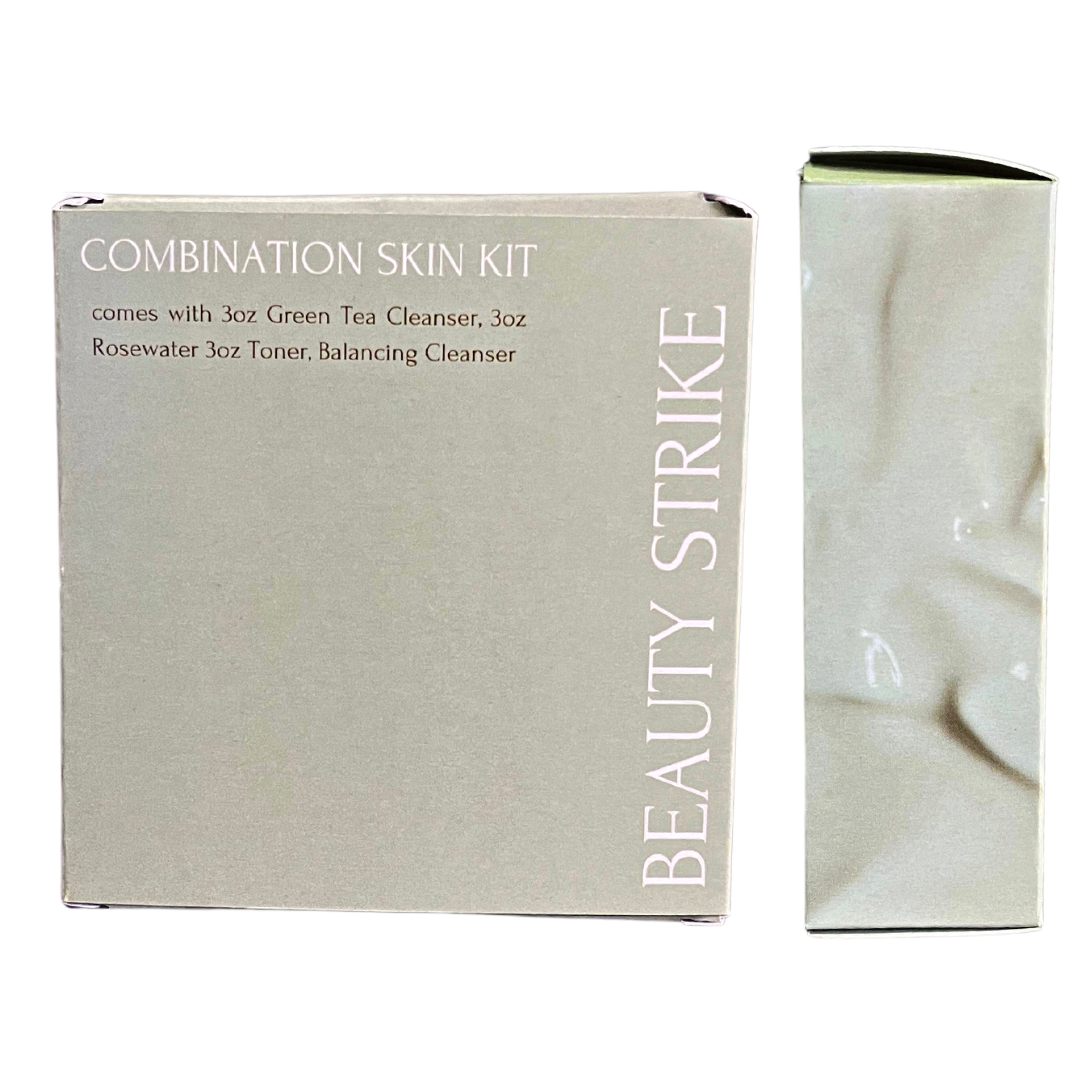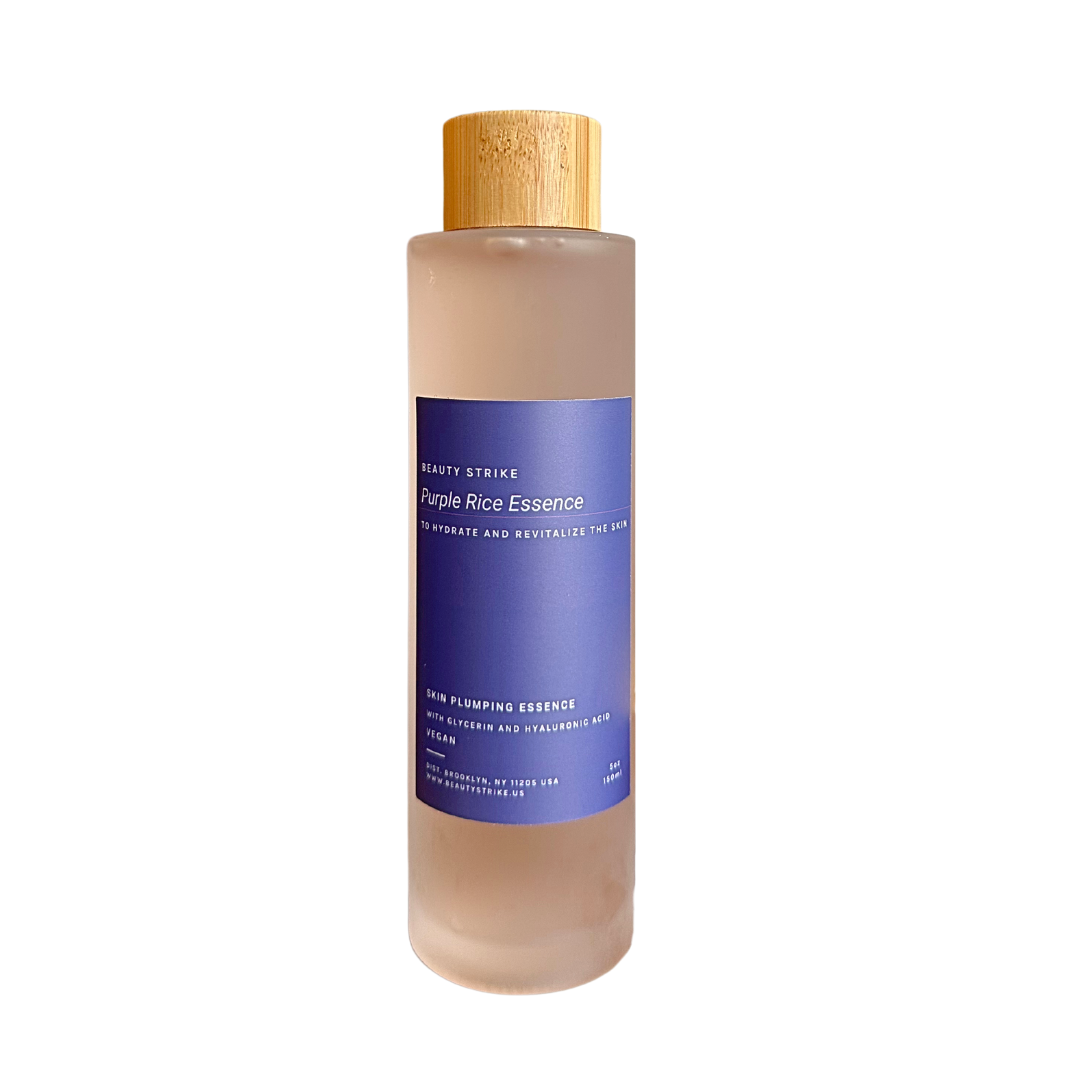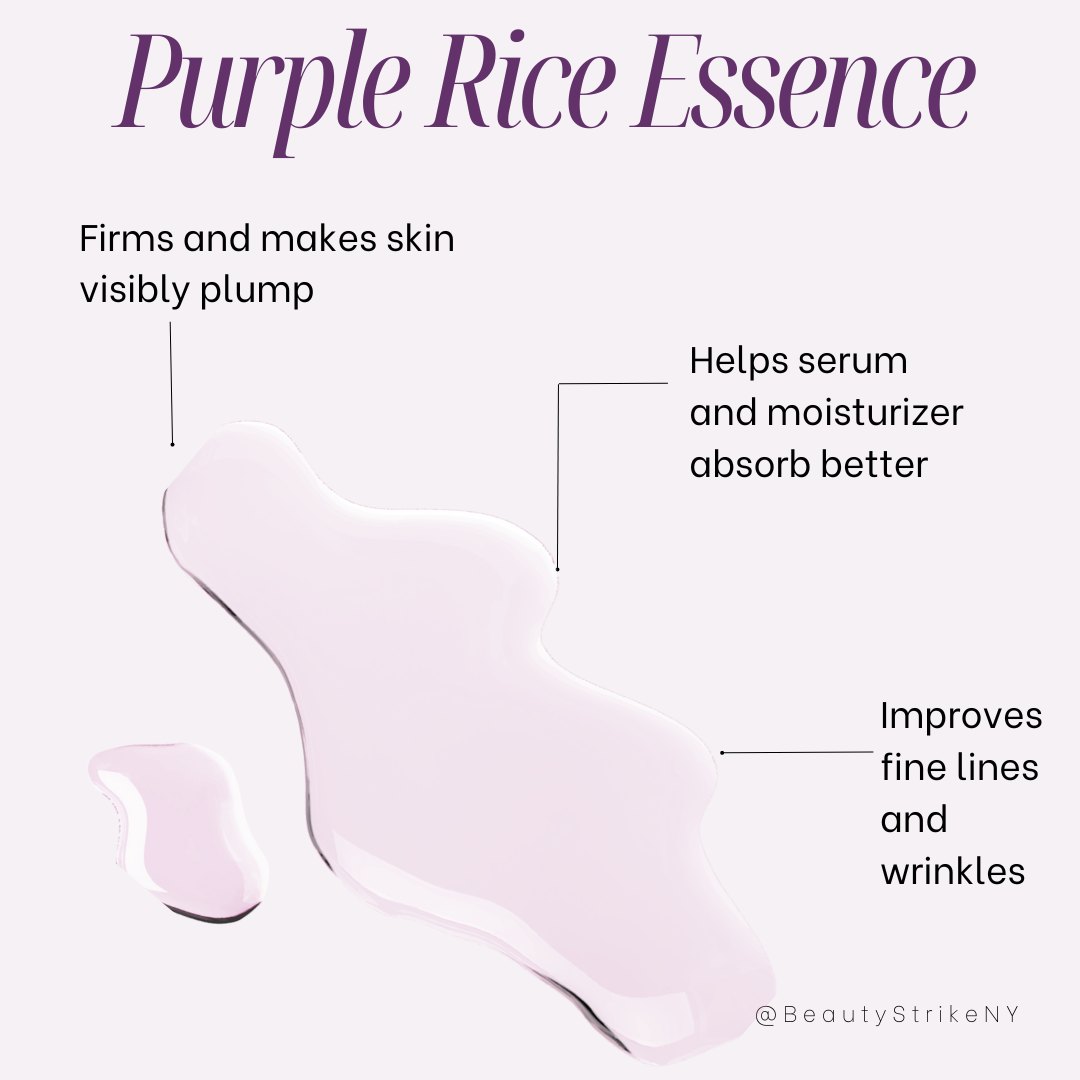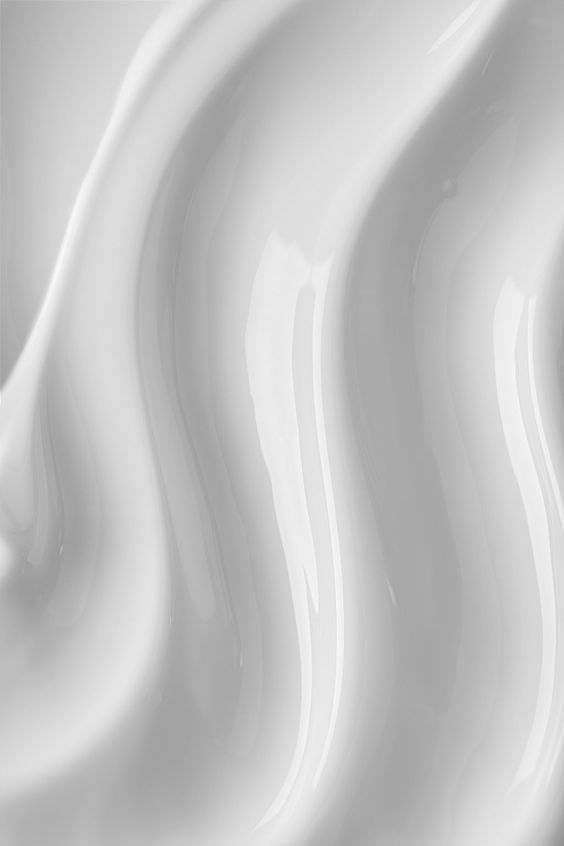The Magic of Lactic Acid in Skincare: Your Key to Radiant Skin
When it comes to achieving healthy, radiant skin, an effective skincare routine is essential. The beauty industry is constantly evolving, and one of the superstar ingredients that has gained immense popularity in recent years is lactic acid. This gentle yet powerful alpha hydroxy acid (AHA) has garnered a reputation for its remarkable ability to transform the skin, leaving it looking smoother, brighter, and more youthful. In this blog post, we'll dive deep into the world of lactic acid and explore why it's become a staple in skincare routines worldwide.
What is Lactic Acid?
Lactic acid is a naturally occurring alpha hydroxy acid derived from fermented milk, fruits, and vegetables. It belongs to the same family of acids as glycolic acid but is typically milder and better tolerated by those with sensitive skin. For centuries, lactic acid has been used in various beauty rituals, from Cleopatra's milk baths to traditional skincare practices in different cultures.
How Does Lactic Acid Benefit the Skin?
The beauty of lactic acid lies in its multifaceted benefits for the skin:
1. Gentle Exfoliation: Lactic acid is an exfoliant that works by breaking down dead skin cells on the surface, promoting gentle yet effective exfoliation. It helps to slough off dull, dry skin, revealing a fresher, more radiant complexion.
2. Stimulates Collagen Production: Lactic acid has been found to stimulate the production of collagen and elastin, two essential proteins that maintain the skin's structure and elasticity. This can help improve the appearance of fine lines and wrinkles over time.
3. Improves Skin Texture: Regular use of lactic acid can lead to smoother skin texture by reducing the appearance of rough patches, uneven skin tone, and acne scars.
4. Hydration Retention: Lactic acid has a unique ability to attract and retain moisture in the skin, making it an excellent choice for those with dry or dehydrated skin.
5. Regulates Sebum Production: For individuals with oily or acne-prone skin, lactic acid can help regulate sebum production, reducing the likelihood of clogged pores and breakouts.
6. Brightening Effect: Lactic acid can help fade dark spots and hyperpigmentation, leading to a more even skin tone and a brighter complexion.
How to Incorporate Lactic Acid into Your Skincare Routine
Before jumping into using any skincare ingredient, it's crucial to proceed with caution, especially if you have sensitive skin. Here's how to incorporate lactic acid into your routine:
1. Patch Test: Always conduct a patch test by applying a small amount of the product to a discreet area of your skin. Wait 24 hours to check for any adverse reactions before using it on your face.
2. Choose the Right Product: Lactic acid can be found in various skincare products, including cleansers, toners, serums, and moisturizers. Start with a lower concentration (around 5% or less) if you're new to this ingredient or have sensitive skin.
3. Start Slowly: Begin by using lactic acid once or twice a week and gradually increase the frequency as your skin builds tolerance.
4. Sun Protection: Lactic acid can make your skin more sensitive to the sun, so always wear sunscreen during the day to protect your skin from harmful UV rays.
5. Avoid Mixing with Other Actives: To prevent irritation, avoid using lactic acid in combination with other potent active ingredients like retinol or benzoyl peroxide.
Who Should Avoid Lactic Acid?
Although lactic acid is generally considered safe for most skin types, some individuals may need to exercise caution:
1. Sensitive Skin: While lactic acid is generally milder than some other AHAs, those with highly sensitive skin should start with a patch test and consult a dermatologist before use.
2. Allergy to Dairy: If you have a known allergy to dairy products, it's best to avoid lactic acid derived from milk sources.
3. Open Wounds or Broken Skin: Lactic acid should not be used on open wounds, cuts, or broken skin.





Leave a comment